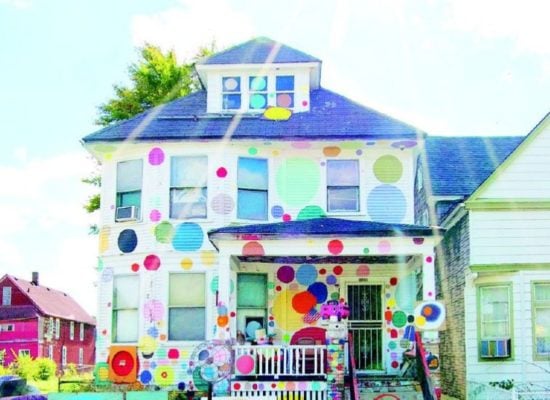Where is the line between graffiti and public art? Is graffiti art? Are street murals large-scale artworks or are they uncouth vandalism?
These are some questions city officials in Detroit, Michigan are currently grappling with. Why? Because, two public art ordinances are in the works that, if approved, would drastically curtail artists ability to create street art as well as eliminate most existing murals through a sweeping clean-up effort. The edicts would require Detroit’s authorized murals to be recorded in a registry that distinguishes them from graffiti.
Two ordinances are currently being considered. The first explores the responsibility of property owners in maintaining graffiti-free buildings. Under this sanction, the city would be authorized to ticket owners of vandalized property.
The regulations stipulate that property owners would be responsible for cleaning up the damage in a timely fashion—the proposed period is one week—or they will face punitive fines, although those who install security cameras on their property would face lower fines.
How are property owners, or the police for that matter, supposed to distinguish between unauthorized graffiti and artistic murals?
Even as it stands now, there are no hard and fast rules about determining which is which. And creating a comprehensive registry will prove near impossible.
This is where the second ordinance comes in as it concerns public art funding in Detroit. Officials hope to work with the Detroit Art and Entertainment Commission to propel “Percent for Art” programs, creative initiatives to promote Detroit artists.
Historically however, Detroit has exhibited a tenuous relationship with street art. Take, for instance, the city’s skirmishes with Detroit-based street artist Brian Glass, known as Sintex, or its ongoing struggle with the Heidelberg project. The latter has been destroyed at least three times, despite being one of Detroit’s unofficial top tourist destinations (see More Suspected Arson at Detroit’s Heidelberg Project). Well known artist Tyree Guyton grew up in the project’s artistic hub, the polka-dotted “New White House.”
Thus far, a public meeting to garner community feedback has been set for later in March and, while the producers of new reality series Street Art Throwdown would certainly protest, it seems this is one initiative that may very well come to fruition (see Reality TV Show Street Art Throwdown Promises to Discover Next Banksy).
